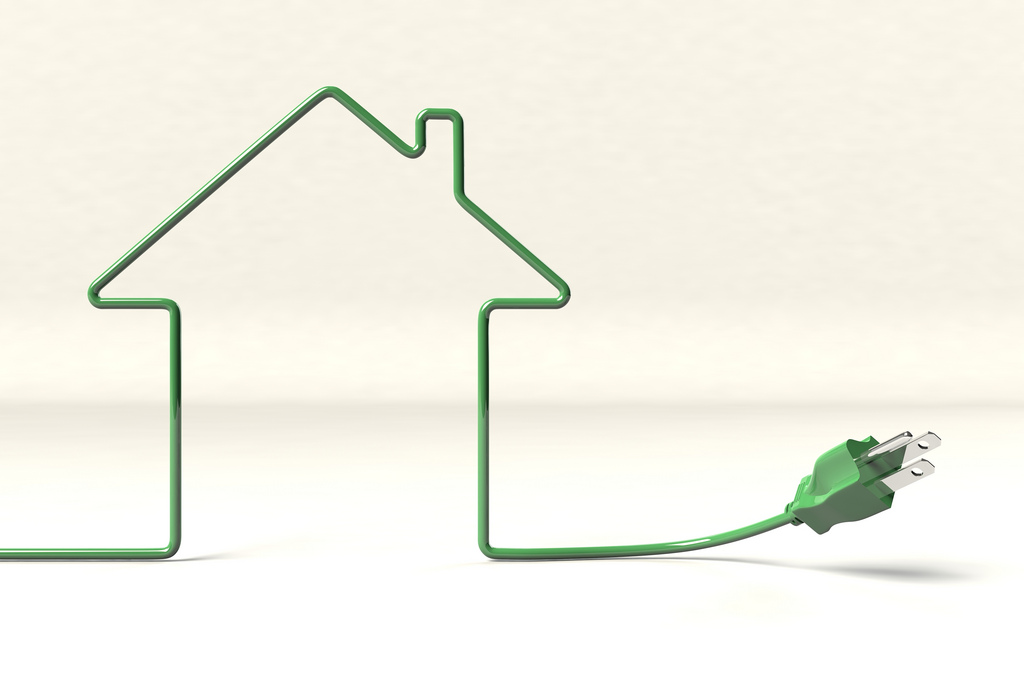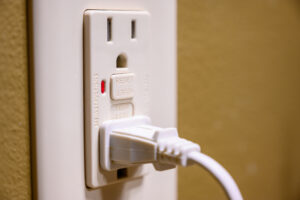Understanding Knob & Tube Wiring
ElectricalIf your home was built before 1950, chances are it might be relying on knob and tube wiring. But what exactly is knob and tube wiring, and why is it a problem for modern-day homes to be outfitted with this type of electrical system?
In this blog post, the electricians at JDV Electric explain what knob and tube wiring is, and what homeowners should do if they have this outdated electrical system in place. Let’s dive in!
What Is Knob & Tube Wiring?
Knob and tube wiring is a type of electrical wiring system that was most commonly used in homes constructed during the early 20th century. Within a knob and tube wiring system, you may see a series of porcelain knobs and tubes along with copper wiring components. The porcelain knobs are used as insulators, securing copper wires in place and ensuring that the wires are kept away from combustible materials.
Limitations & Safety Concerns
While knob and tube wiring was considered innovative for its time, this type of wiring solution is now considered to be outdated and dangerous. First, knob and tube wiring lacks sufficient amperage to support modern-day electrical devices and appliances. Not only that, but it does not feature a grounding conductor, making it incapable of providing the level of safety required for today’s electrical equipment.
Additionally, the insulation on the wiring deteriorates over time, increasing the risk of electrical fire and electric shock as a result. Moreover, the open-air installation method that leaves wires exposed can make them vulnerable to damage from rodents, pests, and accidental contact. Overall, knob and tube wiring isn’t sufficient for satisfying modern-day electrical standards, which is why it’s important to have these wiring systems replaced.
Identifying Knob & Tube Wiring in Your Home
It’s important to be able to recognize whether your home has knob and tube wiring so you can take appropriate action. To determine if your home has knob and tube wiring, begin by inspecting your basement or attic where knob and tube wiring systems are more likely to be exposed. Look out for porcelain knobs, tubes, and older-style copper wiring components, being careful not to touch exposed wires.
If you’re uncomfortable verifying whether your home has knob and tube wiring on your own, it may be beneficial to schedule a professional electrical inspection. An electrician can safely assess your home’s entire electrical system, offering expert guidance on necessary upgrades so you can make the most informed decision for your electrical safety and functionality.
What To Do if Your Home Has Knob & Tube Wiring
If you suspect that your home has knob and tube wiring in place, it’s essential to have this system replaced to satisfy modern electrical standards. Not only will replacing knob and tube wiring keep your home in compliance with current electrical codes, but it will also help:
- Increase your home’s value
- Improve electrical functionality
- Enhance electrical safety
- Extend your electrical appliance lifespan
- Increase energy efficiency
Think your home needs a wiring upgrade? JDV Electric has the knowledgeable team of electricians you need to get the job done right. We have years of experience replacing outdated knob and tube wiring systems, ensuring your home remains as safe and fully functional as possible.
Book your whole-home rewiring appointment in Delaware County by calling JDV Electric at 610-364-5099 today!
Schedule Service Call


Sign Up for Our Safety &
Savings Plan
Annual Electrical Safety
Inspections & More
- Lifetime installation and 2-year repair warranties
- 15% discount on products and services
- Exclusive specials
- No service fees
- Transferrable plan if you sell your home





